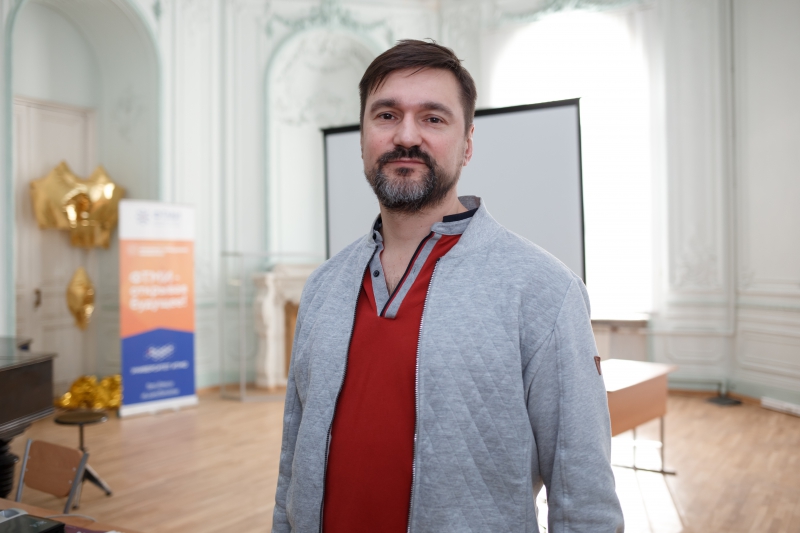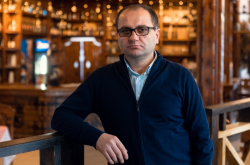You once headed the Russian Association of Robotics (RAR), which was founded in 2015. How has the Russian robotics market changed since then?
First off, there are more companies now. Some have closed, of course, but most have grown, and some of them even went global, such as the kids’ robotics company ROBBO, which now operates in 12 countries. As the companies grow, so does the market and the number of robots in action. It is, of course, a small number compared to that of, say, the United States or some other countries, but it shows that things are changing.
Are there any signs of these changes becoming even faster?
There are. As the value of labor grows, many will be tempted to replace workers with robots. And when companies enter a more intense, competitive environment, especially on the global market, then robots once again seem the more preferable option. After all, they make less mistakes than humans do.
There are signs of these changes accelerating, but they depend, among other things, on the economy. If the companies here will not find a market niche for themselves, they’ll go somewhere else. That’s bad for Russia because, first of all, these companies will pay taxes to someone else. And secondly, their technologies will, too, be somewhere else. That’s why the country must be concerned about being attractive to businesses.
We have a relatively enjoyable tax regime, but there are issues related to a high degree of government involvement in the economy. And finally, there is a problem of mineral dependency, because the companies dealing in mineral trade aren’t especially interested in innovations as they’re already doing well enough for themselves. For now.
During your lecture you brought up some examples of projects from other countries that started out as students’ graduation projects but drew the attention of major companies. How easy is it for a young company to enter the market in Russia? Are the conditions right for students to be able to launch and develop their projects?
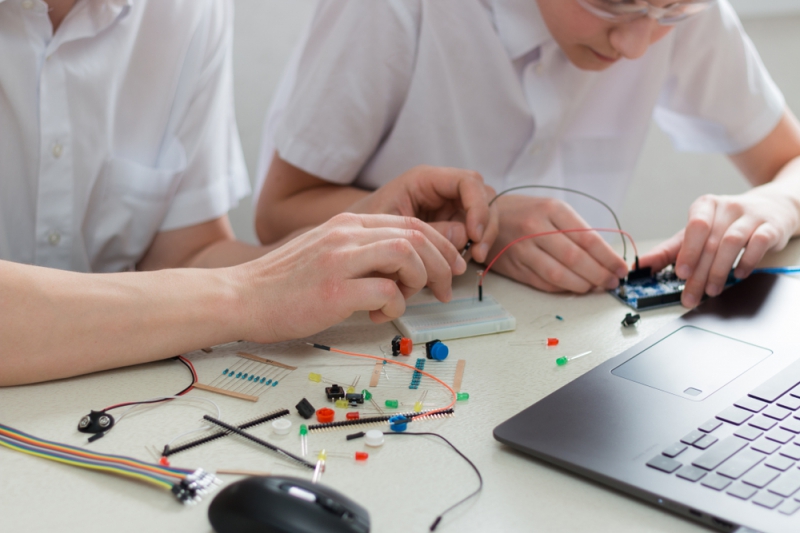
If you plan to deal in software, you’ll save on expenses: in essence, you only need a computer and a brain. As for hardware, then, of course, it’ll cost you some more. Still, there are plenty of cheap elements that you can buy online. The prices aren’t that high, so you can easily build a prototype without spending too much. You can even get grants for simply describing your prototypes. The Bortnik Foundation’s Umnik program is one such example.
That’s why I believe that it’s quite possible to break out into the market, especially if your project provides a solution to a specific problem and either saves someone their money, or brings them profit. It shouldn’t be something abstract. 90% of all startups fail because nobody needs their product. First, you need to understand which problem you’re trying to solve, how people deal with it today, and how much it costs them.
There’s a really great book on this topic, written by Rob Fitzpatrick, and it’s called “The Mom Test: How to Talk to Customers & Learn if Your Business is a Good Idea When Everyone is Lying to You”. It’s about doing customer development the right way and comparing your idea and your results. If there’s no problem to solve, you have to pivot, and then pivot, and then pivot. And you keep doing so until you get the so-called “market fit”, which is when you’ve hit upon an issue that bothers people. Perhaps they spend a lot of money to fight it, or perhaps they can’t fight it at all, and that’s where you come in and propose a better solution. That’s how you get your chance at making a name for yourself.
Industrial robotics has been actively developing for a long time, and automated productions are rarely a surprise these days. Is it true to say that trends have changed and it’s time for service robots?
Service robotics grows by 30-40% every year. Industrial robotics, in the meantime, shows a growth of 12% annually. The latter began to develop much earlier, and there are some major buyers in that market, so it remains large in volume. The service robotics market, if you exclude robot vacuums, is much smaller. But it’s growing quickly. So if we’re talking about what to invest in, or where to develop a startup, then service robotics is statistically a better place to find your niche.
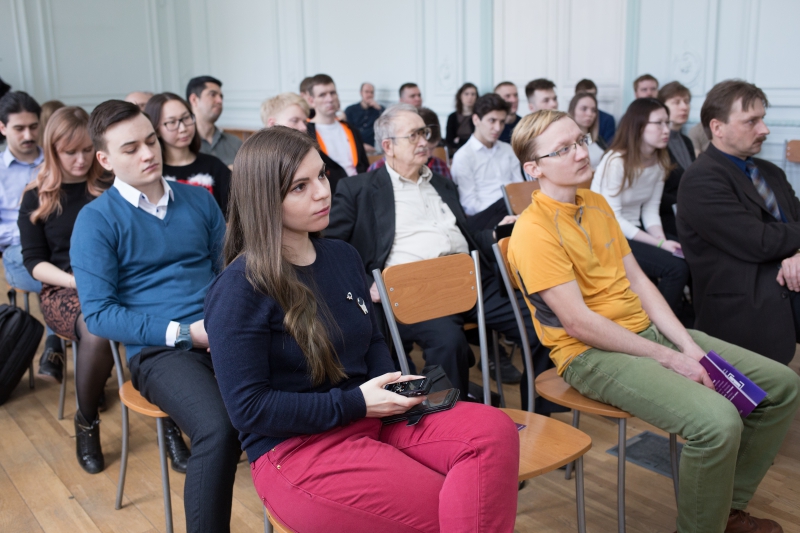
You also brought up a number of solutions in a range of fields: from agricultural technology to retail and so on. Which of these fields have the biggest potential?
All of them. The question is: what is our hypothetical entrepreneur’s experience and interests? Everyone has their own competences. And on a personal level, this is the first clue to where they should start.
Secondly, life gives us hints in the form of issues that we or someone we know is facing. Our experience tells us how we can use our competencies to solve them. Perhaps that’s where you’ll find that niche. But do keep in mind that investors aren’t interested in small markets. So there is one limit: your market must be sufficiently large.
What are, in your opinion, the global issues in the field of robotics that we’ve yet to solve? And which ones could be solved in the near future?
Everything battery-related is still very relevant. Robots must be autonomous and have enough energy stored to last them through everything they do, or they must be able to generate energy. Secondly, I believe that we should expect a lot of progress in regards to sensors of all kinds. Finally, there’s the matter of brains, or to be more precise, of training those brains. This is about, for instance, robots that do customer service. The more they communicate and acquire experience from, say, social networks, the better they are able to understand people. Or perhaps people will feel as if they are understood. Which is, in the end, the same thing.
During your lecture you spoke a lot about artificial intelligence. In which areas do you expect AI to achieve the most?
The first major area is medicine and healthcare, where artificial intelligence has already made great strides. But there are plenty of diseases, so the big question is how to diagnose them. Early diagnoses improve the likelihood of effective treatment; that means more lives saved, less money spent, and so on. But we should also be looking at other aspects, too: from choice of treatment to the treatment itself, and so on. AI has its applications everywhere including surgery, but there’s still plenty of room to grow.
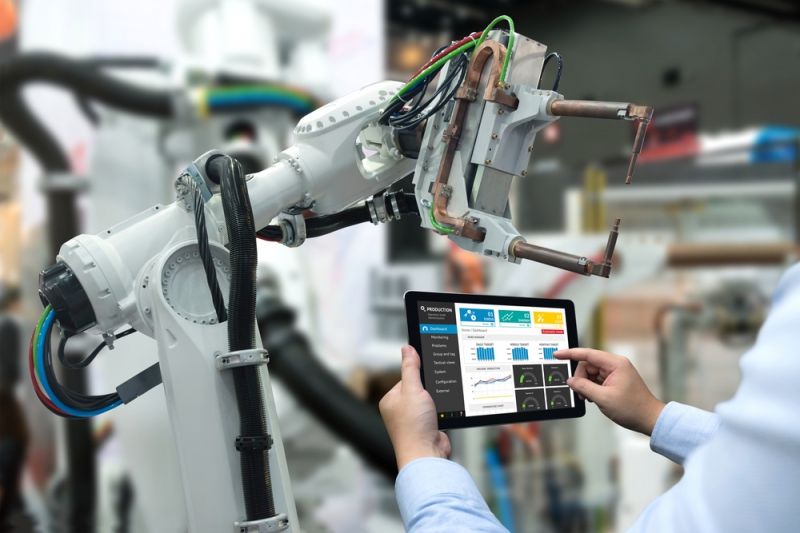
The second area concerns processes that involve ineffective use of resources, such as utility services, logistics, and transportation. AI tech is slowly integrating into those processes, but there’s a lot to be done. We all know about Uber and the likes of it, yet it’s a different situation in the cargo business. And yet it transports more, burns more fuel, and brings more money than the taxi industry.
The next area is, of course, manufacturing, which is a massive part of the economy. Manufacturing is becoming decentralized, and production companies either function as suppliers, or have a number of suppliers they work with. There are many complex, multi-criteria tasks in that field that could be done better using AI and Big Data.
Then there’s agriculture, where we already have the concept of precision farming. That refers to the next level of efficiency management where we analyze a massive amount of data about soil, weather, and other factors and develop recommendations on what should be grown where. It’s somewhat like personalized medicine, where you write a prescription for a particular person and not some abstract flu patient, taking into account their genetics, immune system, and medical record.
Another important and promising topic is municipal services. As urban sprawl continues, more people move to cities. And cities are complicated. There are, of course, separate areas such as transportation, healthcare, trade… but to a person, they are all connected. We want to be healthy, to get to the store quickly, and so on.
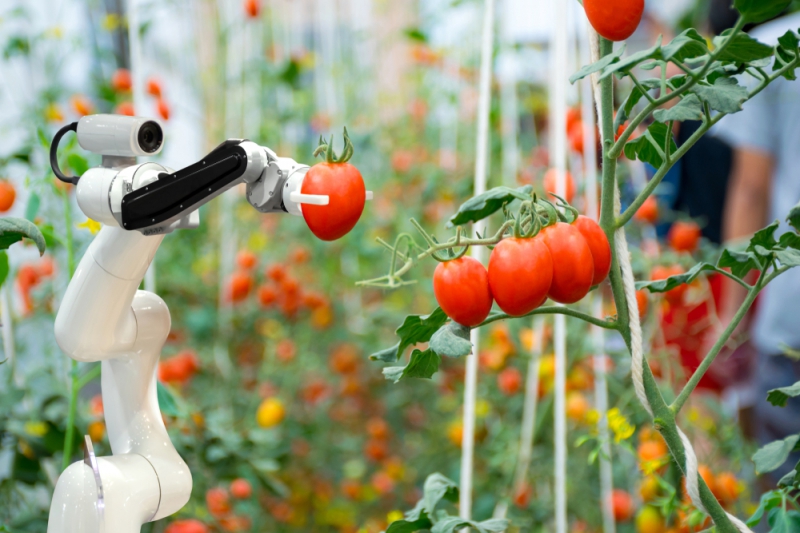
First, we need to learn how to effectively manage individual systems, and only then learn to manage their interconnections. This is not something done by a mayor; they can set the rules, but the AI will provide solutions and keep an eye on all the factors in play.
AI systems like this already exist today, but they are made of people. Within every system there is a number of people, each with their own function, and they pass to each other information that’s used to make decisions. The speed at which those slips of paper are passed along is the speed at which decisions are made, and we could increase it by a million times if we algorithmize it.
To put it simply, if you’ve got a burst pipe, you’re going to call utilities, they’ll send for a plumber, the plumber will come in and fix it. But we could also install sensors and, once pressure starts to drop in a certain area, the system will send a plumber to investigate the spot of a probable leak. This way, the reaction speed is higher, we lose less water, and you won’t have to deal with a flooded home. In fact, you won’t even know there was a problem. In the next 50 years, all of industrial economics will be transformed and replaced. And that’s great, because that’ll create a lot of new companies and involve a lot of very creative people in the process.
People talk about the advantages of AI as often as they talk about its pitfalls: losing jobs, losing “our humanity”, and so on. Even specialists sometimes don’t fully understand how neural networks function. What do you believe we should be actually afraid of?
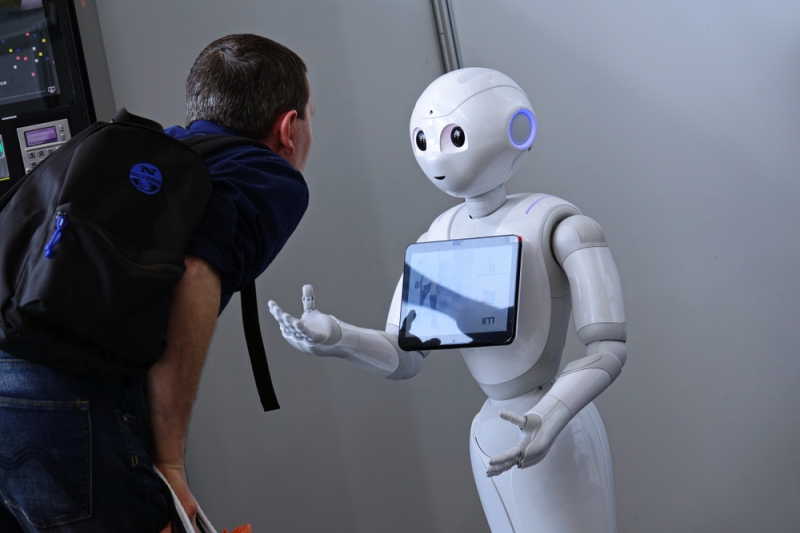
There’s definitely no reason to fear job loss. New technologies will create new jobs. But don’t be fooled into thinking that a person with a particular set of knowledge and skills will spend their whole life using that same set. Perhaps if you’re a great massage therapist, you’ll spend your whole life giving massages, and you’ll always be in demand. But eventually you’ll market your services through a marketplace, not by taking phone calls. Therefore at least some part of your profession will change and you’ll have to, at the very least, learn to use those marketplaces. But many of us will have to make greater changes.
What we should be afraid of is rapid changes. That’s why you should train to adapt quickly. Some learn quickly, and some panic. Adaptability can be honed, however, and eventually you can better respond to changes. If your mind is flexible, then it will always mold itself to match your surroundings. People are adaptable: we’ve learned to live everywhere from the North Pole to the equator. And so we’ll get through these new changes, too.
You’ll be teaching ITMO students in the new academic year. What do you enjoy about working at university?
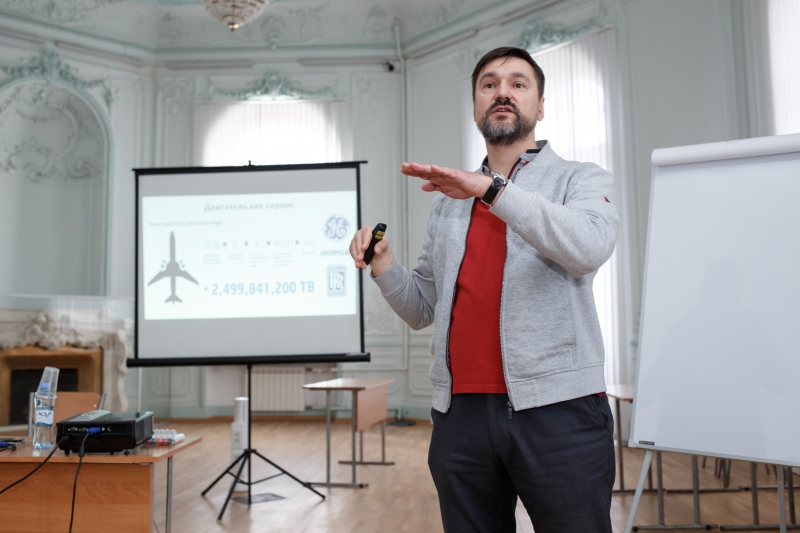
Firstly, I am acquainted with Anton Gopka, the new dean of the Faculty of Technological Management and Innovations. Secondly, ITMO University has a very good reputation. And finally, I was drawn in by the university’s entrepreneurial focus. I consider myself an entrepreneur, and that is, first and foremost, a person who likes to invent, to change, to keep moving. And if I’m able to contribute even a slight bit of my experience and my drive into the educational process, that’ll be great. I believe that sharing your experience with others helps you, too. When you talk to others, be it students or partners, you find a reason to develop further.
Vitaly Nedelskiy is the founder of the Russian Association of Robotics and the National Association of Industrial Internet, as well as the founder of Semantic Hub, a company that specializes in unique AI-based solutions for global pharmaceutical companies. In the 2019-2020 academic year, Vitaly Nedelskiy will teach at ITMO University’s Faculty of Technological Management and Innovations and provide mentor support to the Faculty’s student entrepreneurs.
